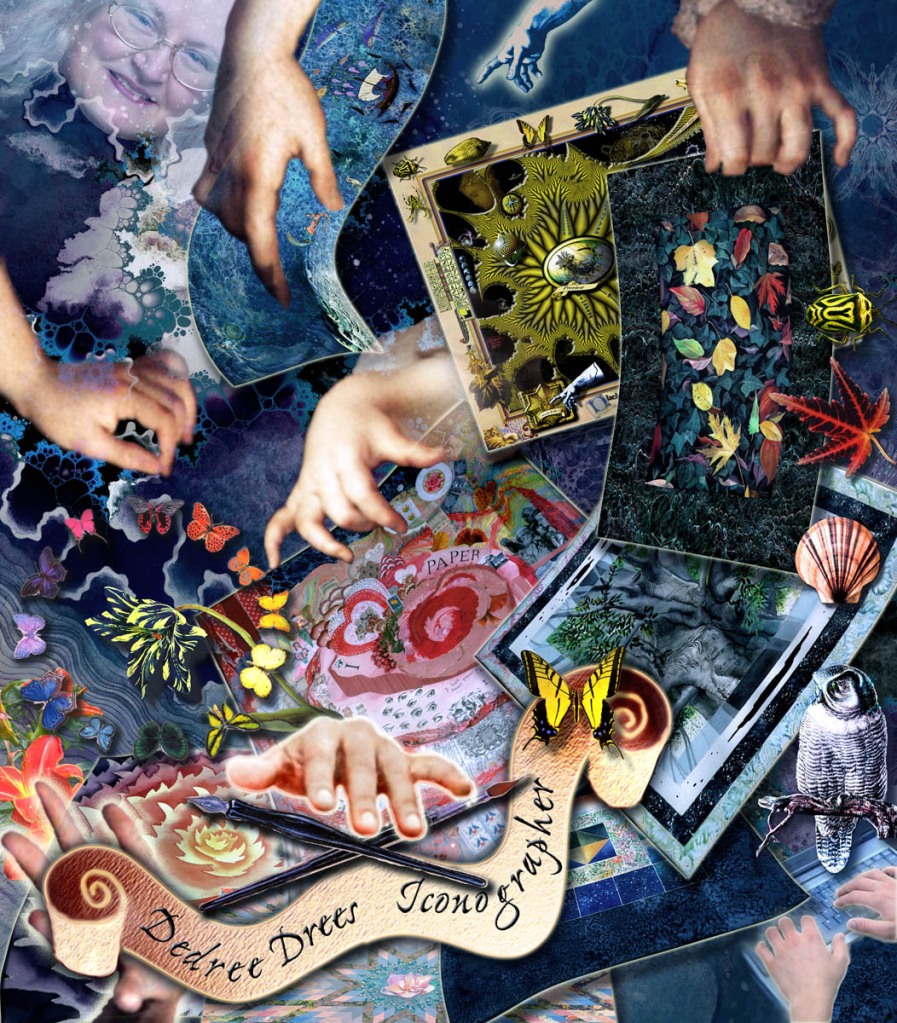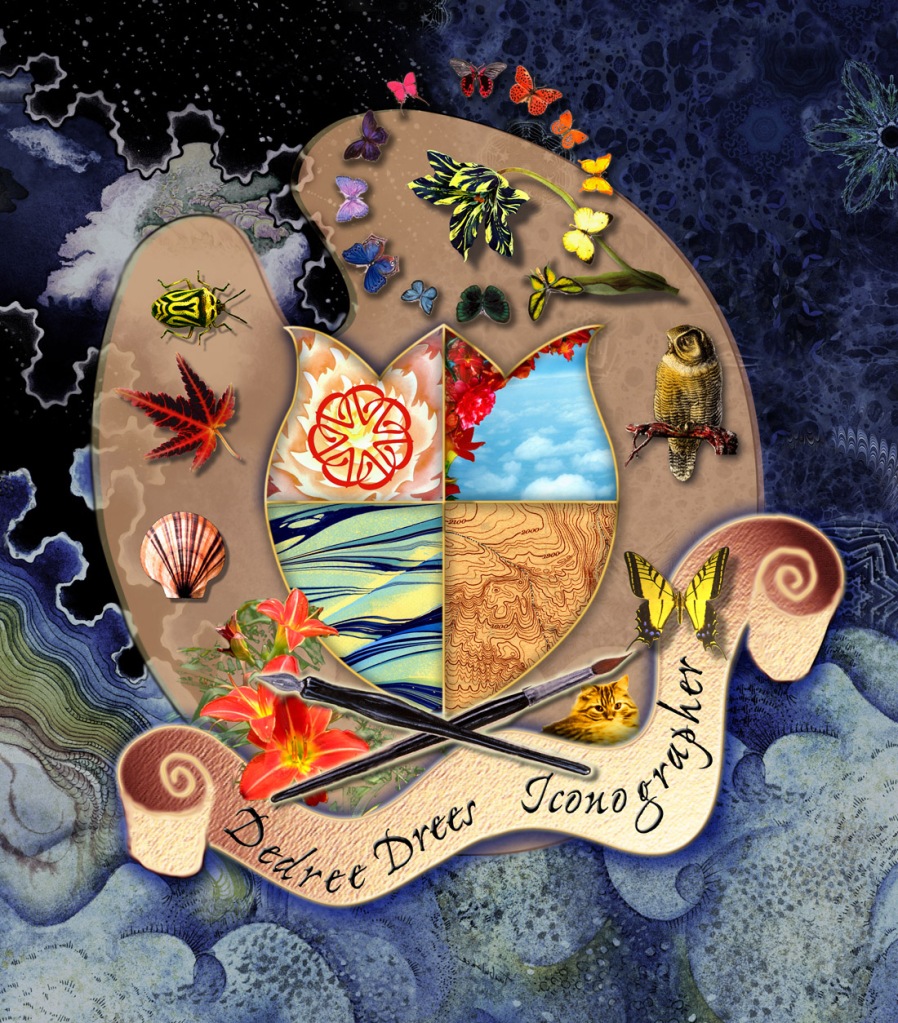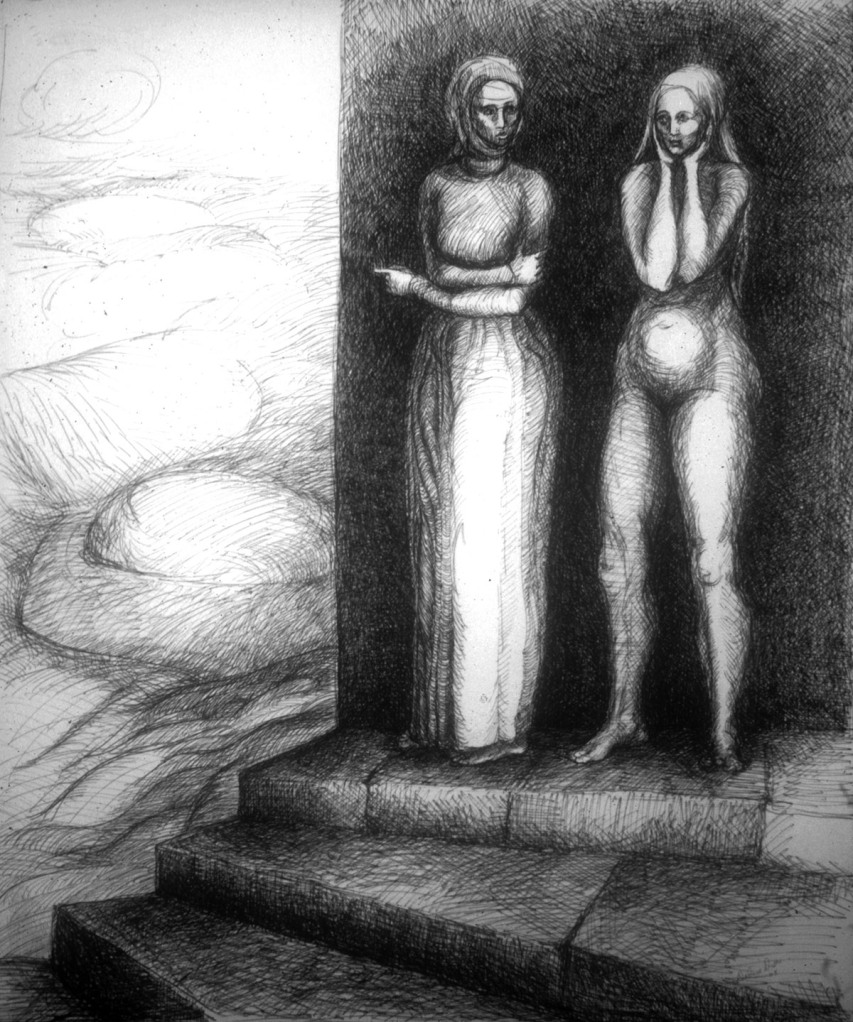took a course in semiology in 2002 at U of Baltimore for my Doctor of Communication Design work.
Semiotics, also called semiotic studies or semiology, is the study of cultural sign processes (semiosis), analogy, metaphor, signification and communication, signs and symbols.
Richard Stanley, principal of Swisstrix who studied at the Kunstgewerbeschule Basel with Wolfgang Weingart, taught the course. Richard was quite fond of Hoffman and Hoffman’s graphic design ideas and has remained his friend throughout the years. Through this contact, I am but two degrees of separation from the Swiss Style. I like being aware of these connections, reflections in the net of gems. Many of my Skidmore professors from way back when, Robert Reed, Arnold Bittleman, Arthur Anderson, Victor Ligouri and others were directly connected to Josef Albers. I remember the day that Bob Reed and Arnold Bittleman had Alber’s newly published folio of Homage to the Square silk-screens in hand and were showing them to our class. Later I met many other Alber’s students, like Norman Carlberg at MICA. So there I was two degrees of separation from the Bauhaus version of color theory, which I have enthusiastically passed along to a multitude of CCBC art students. I discover that Weingart was also attached to Yale so the net of gems image continues to work.
One of our projects at UB was to develop sincere identity images. The two you see here are my results. Perhaps due to my many years on the planet yielding many interests or my older brain finding it difficult to hone things down to a single essence, my icons of self remained fairly divergent. They also reveal a lot to me if not to anyone else. They are somewhat of a psychoanalytic exercise.
Because I make images with an array of traditional media, plus digital media I do not think of myself as a painter or printmaker but as an Iconographer. Unfortunately that word does not mean to most people what it means to me. My take on it has more to do with art history and semiotics and less to do with graphic user interface icons that many think of, or paintings of holy figures in byzantine style. My icons include representations, likenesses, symbols, and signs.
So my sincere identity images incorporate some visual ideas that I have developed over many years including;
- Spectrums embedded in an array of natural creatures like the ring of butterflies;
- Aspects of fractals, like marbling passages;
- The physicality of pictures as opposed to the abstraction of words;
- Delight at the variety of creation as expressed in Pied Beauty by Hopkins;
- The hand of higher power from which all ideas and talents flow;
- Layers or dimensions of reality that we float through constantly;
- Relationship of words to pictures, (allowing the troubling word iconographer to be present.)
- Pens, brushes hands palettes keyboards, all very trite images standing for artists, I allow because they are what affords the transition from mental/internal to physical/external, hackneyed or not. (In our class we also discussed where to draw the line between hackneyed, obscure and simply understandable; what we do to make sure something is being sent out and received.)
- My image of myself as the fairy godmother or good witch improves on a very early image of my aged self as the crone 1968-1969. The crone can be transformed into the good fairy.
Our primary readings in Richard’s class were from Arthur Berger’s Seeing is Believing.
Later I would incorporate these and other readings into my CGVC246 course, Graphic Design for Communication. My other reading suggestions for that course:
- Hot-Wiring Your Creative Process; Curt Cloninger;
- Semiotics for Beginners; Daniel Chandler; http://www.aber.ac.uk/media/Documents/S4B/semiotic.html; free semiotics tutorial
- Scott McCloud, Understanding Comics: The Invisible Art,
- Hillman Curtis, MTIV; Process, Inspiration and Practice for the New Media Designer,
- Jim Kraus, Idea Index,
- Rick Poyner, No More rules; Graphic Design and Postmodernism,
If an artist ever wants to clarify his/her messages, these sorts of studies are essential.









